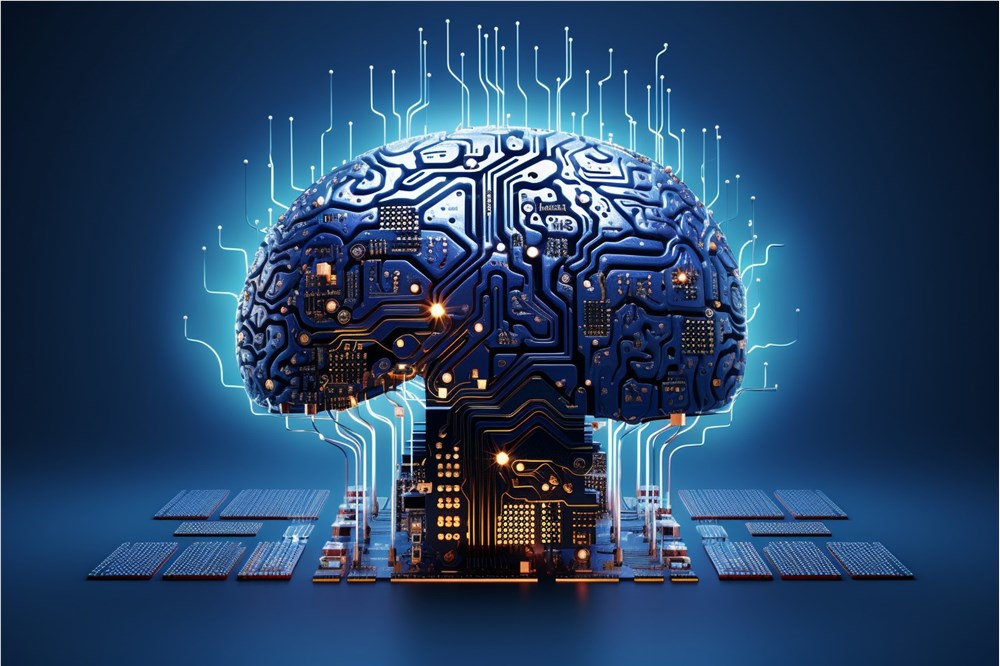BAAI Unveils WuJie AI Models, Including Breakthrough Emu3
At the 7th Beijing Zhiyuan Conference, the Beijing Academy of Artificial Intelligence (BAAI) made waves with the debut of its WuJie series—a collection of cutting-edge AI models pushing boundaries in multimodal understanding and embodied intelligence. The showcase highlighted how far artificial intelligence has come, while hinting at transformative applications across industries.

Figure Source Note: Image generated by AI, image authorized service provider Midjourney
The flagship Emu3 model represents a leap in multimodal systems, integrating visual, auditory, and tactile data processing to create richer environmental understanding. Unlike traditional single-mode AI, Emu3's native multimodal architecture allows for more human-like perception—a crucial step toward general artificial intelligence.
Complementing this advancement, the neuroscience-inspired Jianwei Brainμ applies biological principles to machine learning. By modeling neural processes observed in human cognition, researchers aim to create AI systems with more efficient learning patterns and decision-making capabilities.
For robotics development, BAAI introduced two interconnected systems:
- RoboOS2.0: An embodied intelligence collaboration framework
- RoboBrain2.0: The cognitive engine powering next-generation robots Together they enable more natural human-machine interactions through improved sensory integration and responsive behaviors.
The microscopic world wasn't neglected either. OpenComplex2 demonstrates how AI can model molecular interactions at atomic resolution—opening doors for pharmaceutical research and materials science. Imagine simulating drug interactions or protein folding with unprecedented accuracy.
Over 300 researchers attended the conference sessions where BAAI scientists demonstrated practical applications ranging from medical diagnostics to environmental monitoring. The atmosphere buzzed with discussions about how these technologies might soon transform workplaces, laboratories, and homes.
Key Points
- BAAI's WuJie series introduces four specialized AI models advancing different aspects of machine intelligence
- Emu3 represents a breakthrough in native multimodal processing combining visual, auditory and tactile data
- Neuroscience-inspired Jianwei Brainμ applies biological learning principles to artificial systems
- RoboOS2.0 and RoboBrain2.0 form an integrated platform for next-generation robotics development
- OpenComplex2 enables atomic-level molecular modeling for scientific research